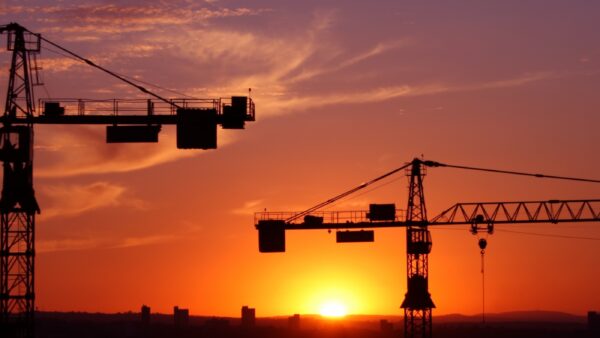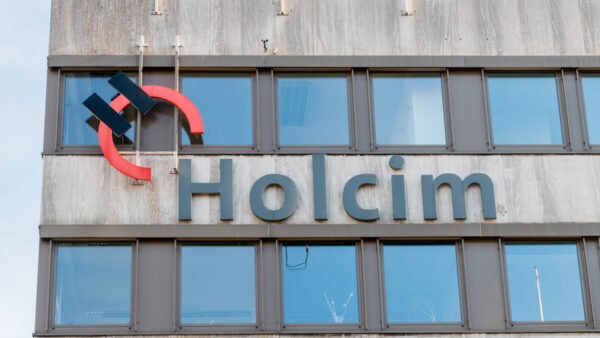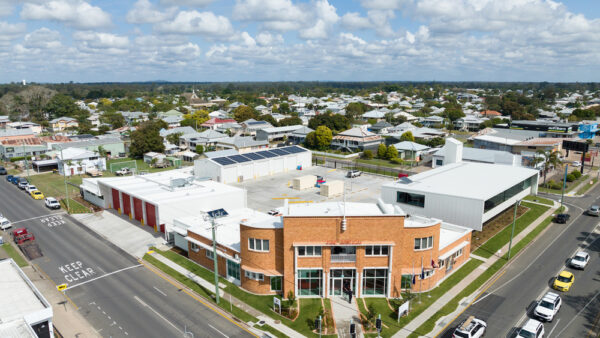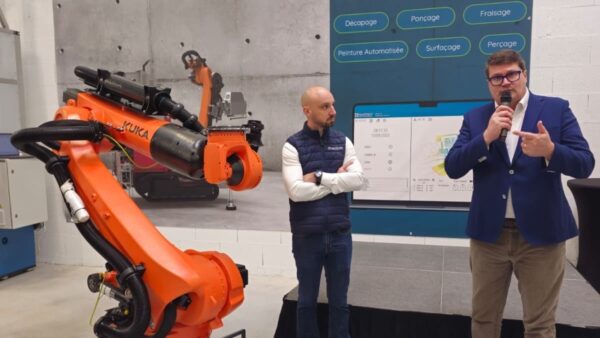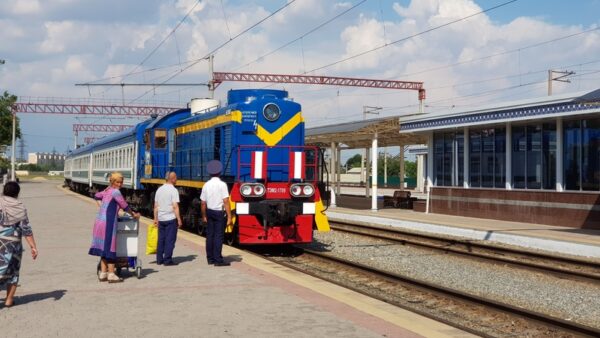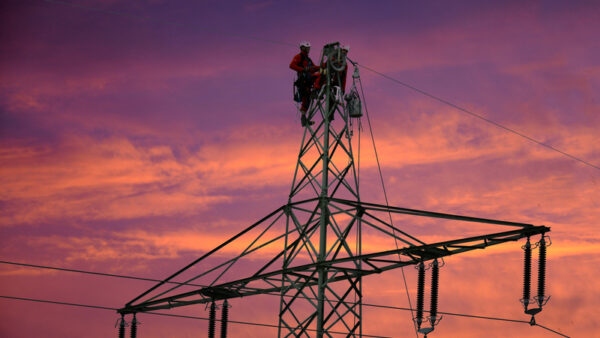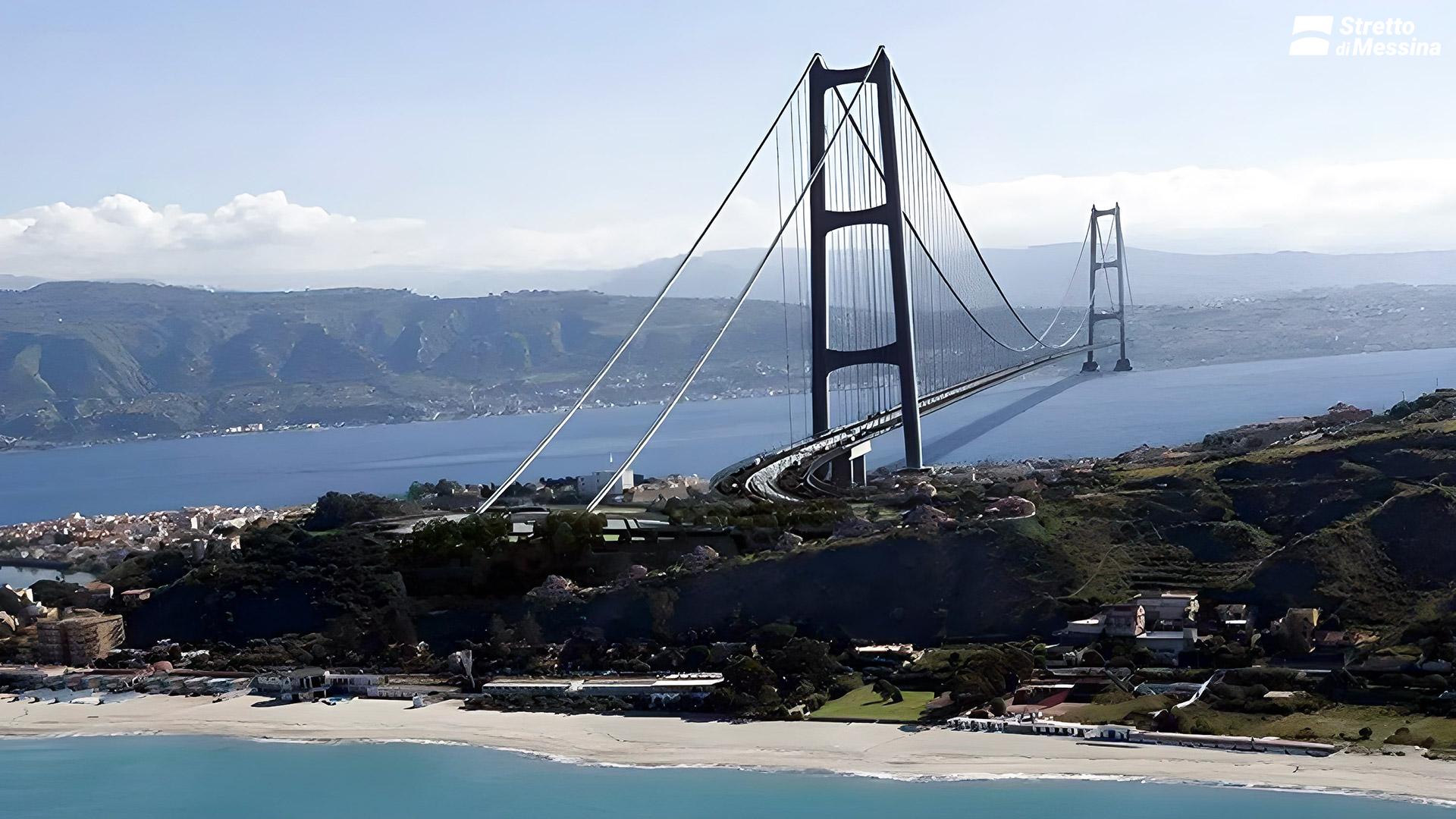
A Webuild-led consortium today won the contract to build the long-planned bridge over the Strait of Messina in Italy to provide the first fixed link between Sicily and the mainland.
At 3,666m in length, the bridge, estimated to cost €13.5bn, will be the world’s longest suspension bridge.
Two steel towers, 399m tall, will hold up the deck. The suspension cables will be 1.26m in diameter and 5,320m long, which Webuild called an “engineering first”.
The 60m-wide deck will have three vehicle lanes in each direction, two rail lines and two service lanes. The bridge will accommodate up to 200 trains a day and 6,000 vehicles an hour.
The deck’s 600m-wide sea clearance will be 72m, dropping to 70m with a full load of vehicles and two passenger trains passing simultaneously.
Earthquakes and 292km/h winds
The design team, which includes Danish consulting engineer Cowi, must design the bridge to withstand strong seismic activity and 292km/h winds. It will have an intelligent monitoring system for predictive maintenance work.
The project includes infrastructure upgrades on both shores, comprising some 40km roads and rail lines in all, three train stations in Messina, and a multifunctional centre in Calabria.
“All of these complementary works will profoundly change mobility for the two regions, whilst protecting the surrounding environment,” Webuild said.
Long history
A competition to build the bridge was first launched Italy’s public works ministry in 1969, but construction didn’t take place.
The project was restarted in 2003.
In 2006, the Straight of Messina company awarded the design and build contract to Eurolink, led by Webuild, then called Salini Impregilo.
Works were stopped for 11 years by an Italian Law-Decree in October 2012, and then restarted under an Italian Law-Decree in March 2023.
Webuild chief executive Pietro Salini said the renewed project “marks the start of a new season of vision, courage and confidence in the capabilities of Italian industry and the entire infrastructure sector”.
- Subscribe here to get stories about construction around the world in your inbox three times a week

